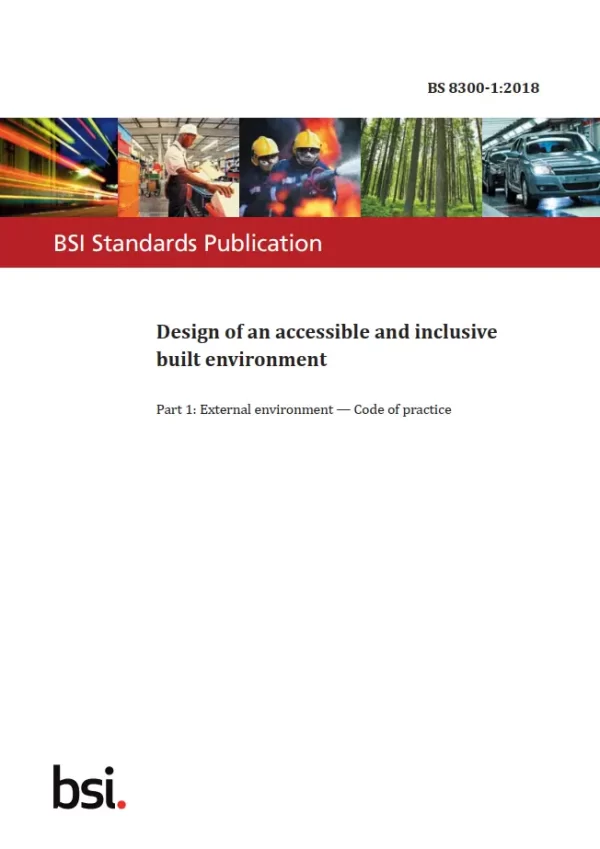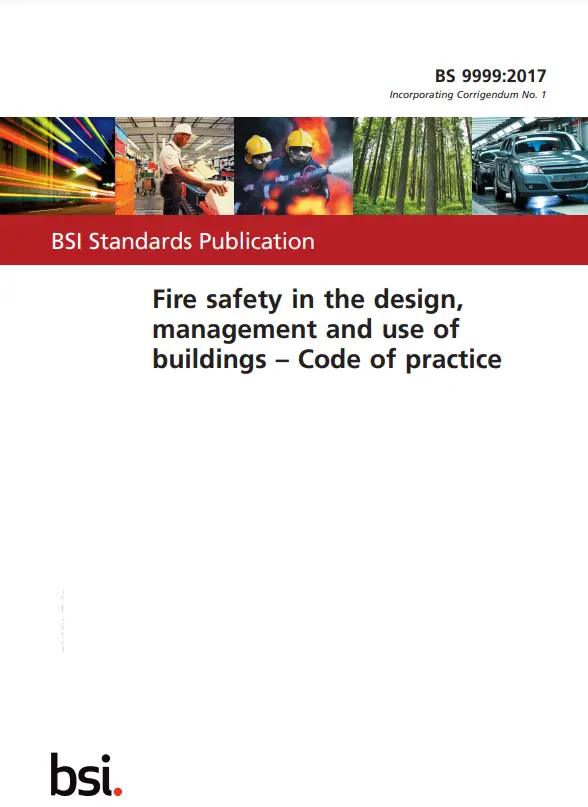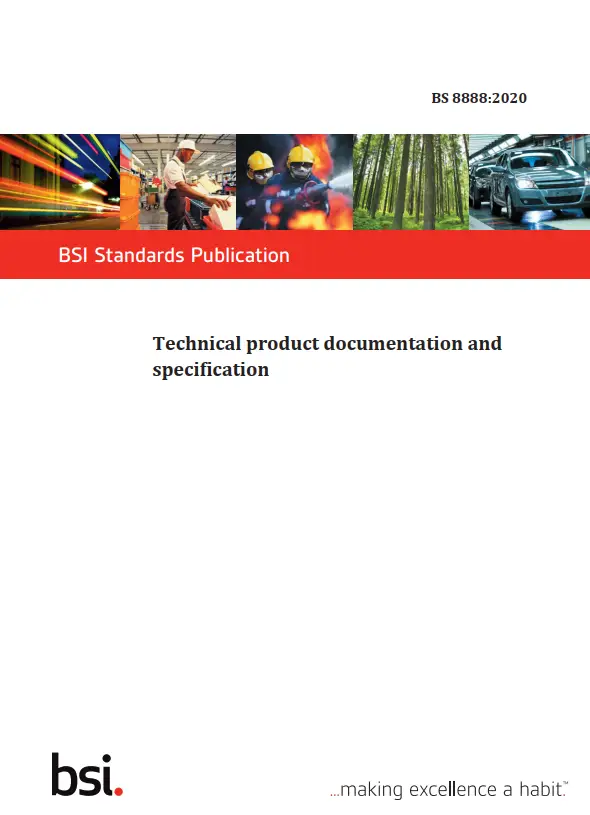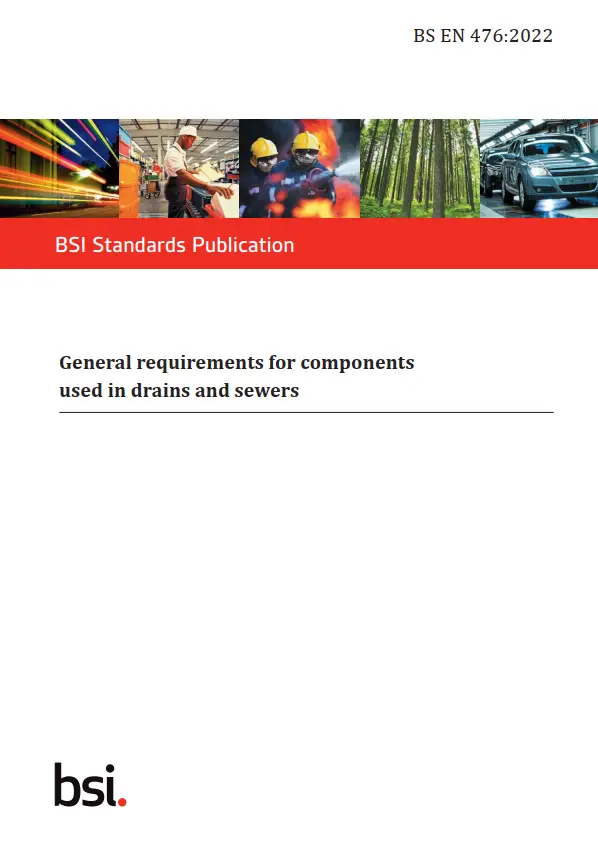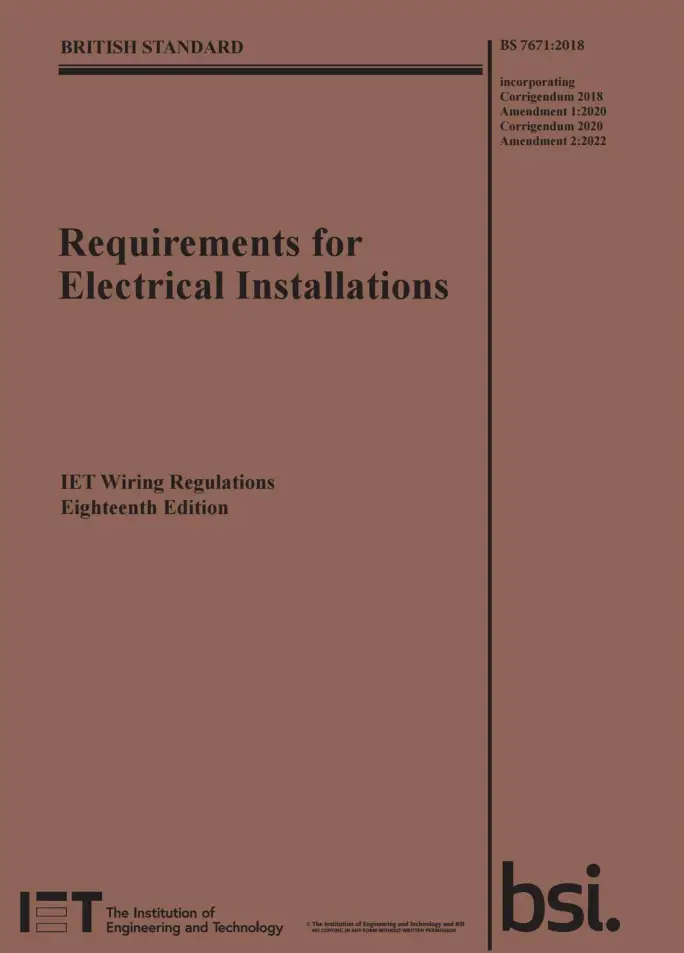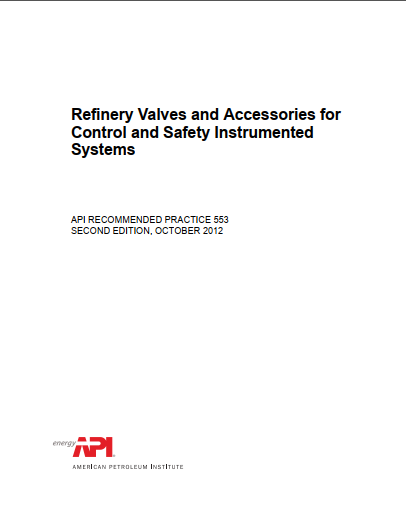BS 8300-1, 2018 Edition – Design of an accessible and inclusive built environment Part 1: External environment — Code of practice
What is BS 8300 Part 1 – Design for an accessible and inclusive built environment about?
A wide range of inclusive design solution guidance already exists. BS 8300-1 brings that diverse advice together to provide a definitive source of authoritative recommendations on inclusive and accessible design for the external built environment.
BS 8300-1 on the design for an accessible and inclusive built environment is the first part in a two-part standard. BS 8300-2 deals with designing accessible and inclusive buildings.
Who is BS 8300-1 – Design for an accessible and inclusive built environment for?
BS 8300-1 on the design for an accessible and inclusive built environment can be adopted by built environment professionals engaged in planning, design, and management of the external environment, especially local authority planners in the highways, street enhancement, and open space departments.
Why should you use BS 8300-1 – Design for an accessible and inclusive built environment?
BS 8300-1 gives recommendations for the design of the external built environment, including the approaches to buildings, to accommodate users with the widest range of characteristics and capabilities.
BS 8300-1 will be used in the production of Local Development Frameworks, client briefs, and contract documents.
It applies to:
a) Key external features within the curtilage of or associated with a building or group of buildings, such as parking provision, setting-down points, access routes to and around buildings, and the approaches of entrances to buildings
b) Other aspects of the external environment such as street design, landscaping, way-finding and information, horizontal and vertical movement, and public facilities
NOTE 1: BS 8300-1 makes reference to the design of internal environments but the main recommendations for the design of internal environments are given in BS 8300 Part 2.
The recommendations here apply largely to new developments, but can also be used for assessing the accessibility and usability of the existing external environment and, where practicable, as a basis for its improvement.
The extent to which the recommendations apply to scheduled monuments, registered parks, and gardens, registered battlefields, and conservation areas is determined on a case-by-case basis.
NOTE 2: BS 8300-1 does not give recommendations for the management and maintenance of external environments, but a list of issues to be considered is given in Annex A.
What’s changed since the last update?
This is not an update. BS 8300:2009 has become BS 8300-2. This new standard – BS 8300-1:2017 – covers everything external to a building, which is new ground. The numbering was based on the decision that the parts should follow the logic of the original BS 8300, starting outside the building and working in.
General Product Information:
| Revision | 2018 Edition |
| Document Type | |
| Document Language | English |
| ISBN | 978 0 580 92977 9 |
| Pages | 100 |
| Publisher | British Standards Institution (BSI) |
| Status | Current |
| Purchase Note | All current amendments available at time of purchase are included with the purchase of this document. |

